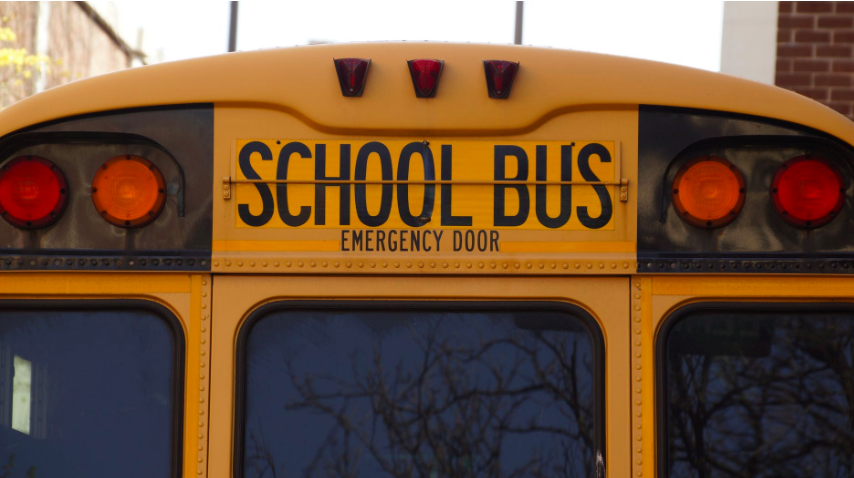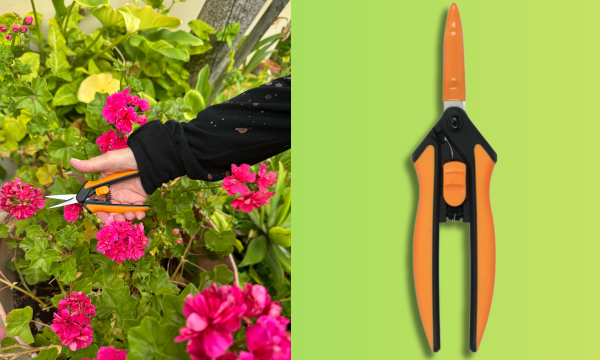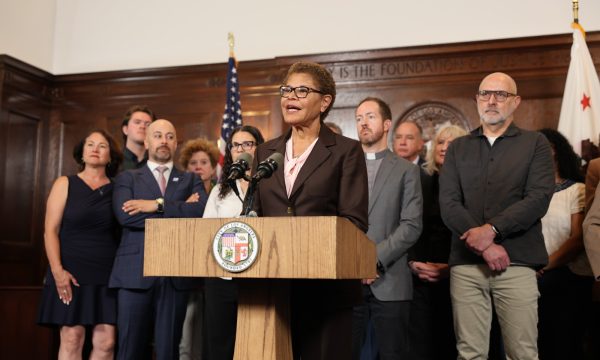The school bells will be ringing soon as summer vacation ends and students across Los Angeles head back to class. The American Red Cross offers these steps to help make the trip back to the classroom a safe one.

GETTING TO SCHOOL SAFELY
- If your student rides a bus to school, they should plan to get to their bus stop early and stand away from the curb while waiting for the bus to arrive.
- Students should board the bus only after it has come to a complete stop and the driver or attendant has instructed them to get on. They should only board their bus, never an alternate one.
- All students should stay in clear view of the bus driver and never walk behind the bus.
- Cross the street at the corner, obeying traffic signals and staying in the crosswalk.
- Never dart out into the street or cross between parked cars.
- If children ride in a car to get to school, they should always wear a seat belt. Younger children should use car seats or booster seats until the lap-shoulder belt fits properly (typically for children ages 8-12 and over 4'9"), and ride in the back seat until they are at least 13 years old.
- If a teenager is going to drive to school, parents should mandate that they use seat belts. Drivers should not use their cell phone to text or make calls and avoid eating or drinking while driving.
- Some students ride their bike to school. They should always wear a helmet and ride on the right in the same direction as the traffic is going.
- When children are walking to school, they should only cross the street at an intersection, and use a route along which the school has placed crossing guards.
- Parents should walk young children to school, along with children taking new routes or attending new schools, at least for the first week to ensure they know how to get there safely. Arrange for the kids to walk to school with a friend or classmate.
SCHOOL IN SESSION, SLOW DOWN!
Drivers should be aware that children are out walking or biking to school and slow down, especially in residential areas and school zones. Motorists should know what the yellow and red bus signals mean.
- Yellow flashing lights indicate the bus is getting ready to stop and motorists should slow down and be prepared to stop.
- Red flashing lights and an extended stop sign indicate the bus is stopped and children are getting on or off. Drivers in both directions must stop their vehicles and wait until the lights go off, the stop sign is back in place and the bus is moving before they resume driving.
KEEP LITTLE ONES SAFE
- Keeping all students safe is the primary concern for everyone, but there are special steps for parents of younger kids and those going to school for the first time:
- Make sure the child knows their phone number, address, how to get in touch with their parents at work, how to get in touch with another trusted adult and how to dial 9-1-1.
- Teach children not to talk to strangers or accept rides from someone they don't know.
BE PREPARED FOR EMERGENCIES
- Know what the emergency plan is at your child's school in case a disaster or an unforeseen event occurs. Develop a family emergency plan so everyone will know who to contact and where to go if something happens while children are at school and parents are at work. Details are available at redcross.org/prepare.
- The Red Cross First Aid App provides instant access to information on handling the most common first aid emergencies whether it be before, during or after school. Download the app for free by searching for 'American Red Cross' in your app store or atredcross.org/apps.
- Learn and practice First Aid and CPR/AED skills by taking a course (redcross.org/takeaclass) so that you can help save a life.














